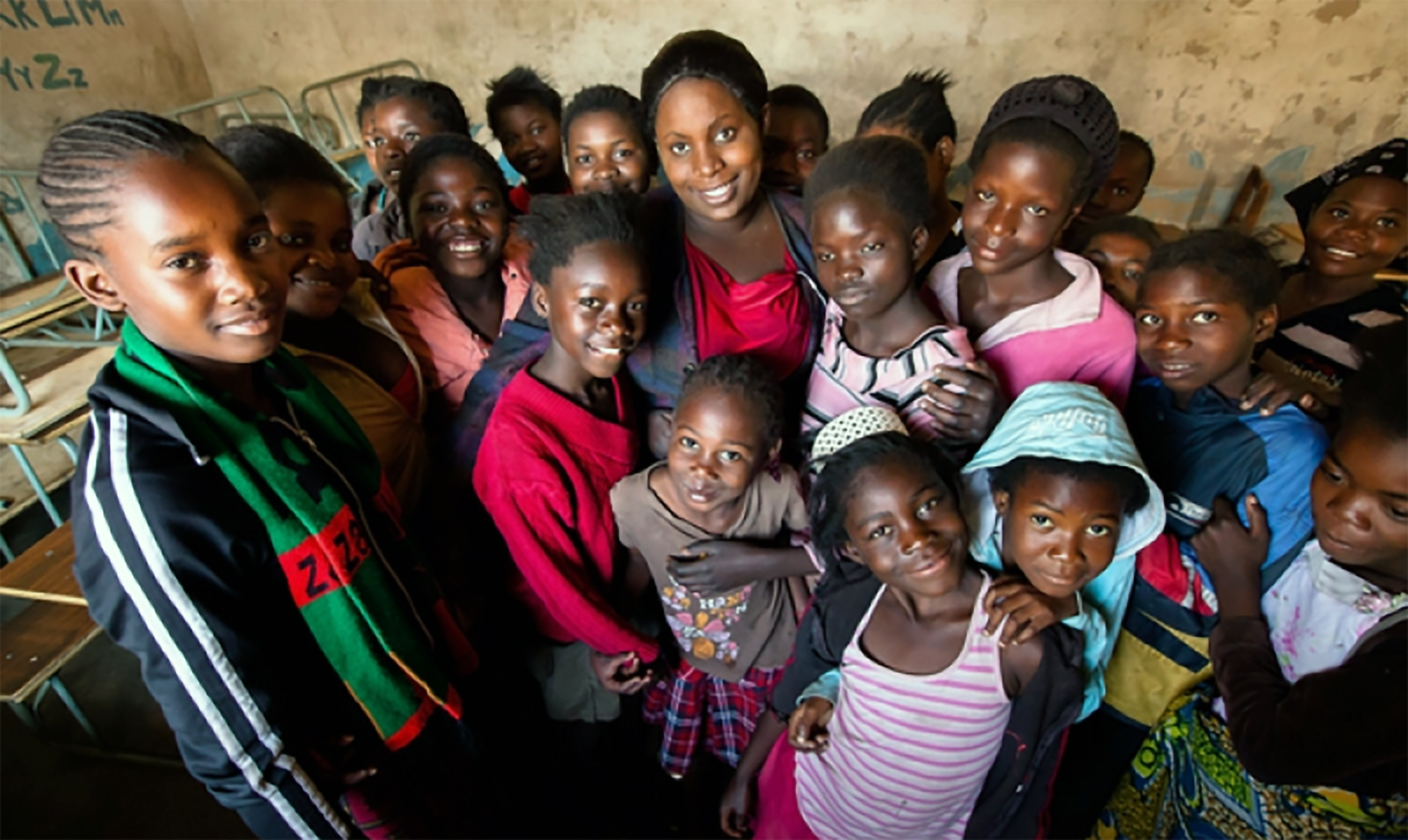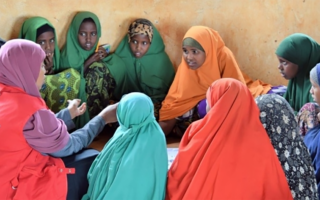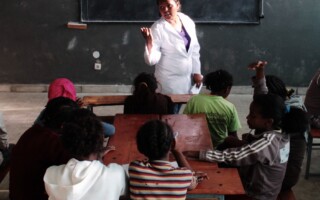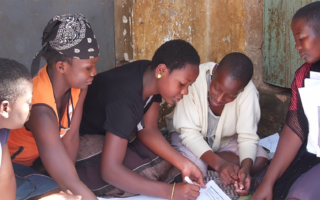
Social isolation, economic vulnerability, and lack of access to health care prevent healthy transitions from girlhood to womanhood, especially for vulnerable adolescent girls in low-resource communities. In Zambia, poor girls often are at high risk of gender-based violence, unintended pregnancy, and HIV. Many drop out of school, are unable to find employment, lack the ability to make independent decisions, and are not being reached by existing programs for young people. Because of these challenges girls face, there is increased interest in investing in programming for vulnerable girls.
The Population Council implements and rigorously evaluates the Adolescent Girls Empowerment Program (AGEP), which was designed to build the health, social, and economic assets of vulnerable girls in Zambia.
AGEP reaches more than 11,000 girls in rural and urban locations and is rigorously monitored and evaluated to understand what type of girls’ empowerment interventions work in Zambia, for whom, and at what cost.
Using a cluster randomized controlled trial, this research assesses the effectiveness of four approaches:
- “Safe space” girls’ clubs (SS-only), which included health and financial education and life skills training during weekly girls group meetings led by young women mentors from the community;
- “Safe spaces” + health service vouchers (SS+HV), entitling girls to health services provided by public and private facilities in the community;
- “Safe spaces” + health vouchers + girl-friendly individual savings accounts (SS+HV+SA), developed in partnership with a Zambian financial institution; and
- A control site in which girls received none of the above interventions.
Participating community areas are randomly assigned to one of four study arms to determine cause and effect between program treatment and outcomes.
AGEP finds that for a small group of girls who are self-motivated to actively participate, the program was able to modestly delay marriage and birth in the long term. However, it was not broadly impactful for the majority of girls. The results show:
- Girls in program arms show increased: self-efficacy, financial savings behavior, and sexual and reproductive health knowledge. These changes are strongest for girls who received all three program components -“safe spaces” + health vouchers + girl-friendly individual savings accounts.
- Overall, the program shows no significant impacts on child marriage rates, contraceptive use, HIV and HSV-2 prevalence, gender norms, or girls’ acceptability and experience of violence.
- Girls are more likely to participate in AGEP if they are in-school, younger, living in a rural area, and a biological daughter of the head of their household.
- Among all girls in Zambia, transactional sex is a driver of adolescent pregnancy, yet is rarely publicly acknowledged or discussed, and alarming rates of violence against girls and women persist. Results show that participation in AGEP reduced rates of transactional sex for girls who were already sexually active at the start of the program.
AGEP results show that in the Zambian context, programs that seek to improve outcomes for a wide range of vulnerable girls must address underlying economic and social constraints surrounding them.
Results indicate the following recommendations:
- “Safe Spaces” alone are insufficient to lead to sustained changes for vulnerable girls. Programs to empower girls must be girl-centered, but they also need to engage the broader community. Norms on gender and violence will not change without engaging those that influence girls’ lives.
- Efforts to empower girls and improve their health and well-being should address social norms at the girl, household, school, and community levels.
- Even when health and nutrition interventions are well designed, pervasive poverty can limit their success. Underlying economic constraints at the household level may need to be addressed in order to see longer term change for girls.
The Zambian government, the UK Department for International Development, and implementers working with adolescents in Zambia are using AGEP evidence to shape the future of adolescent girls’ programs in Zambia and the region. The AGEP findings are applied to new program designs and used to strengthen current programs for adolescents to ensure that programs are evidence-based. For example, the Council has provided technical assistance to the DREAMS Initiative’s implementing partners in Zambia on how to integrate the lessons learned from AGEP into their HIV prevention programs with adolescent girls. Data from AGEP are also available through the GIRL Center’s Adolescent Data Hub.




